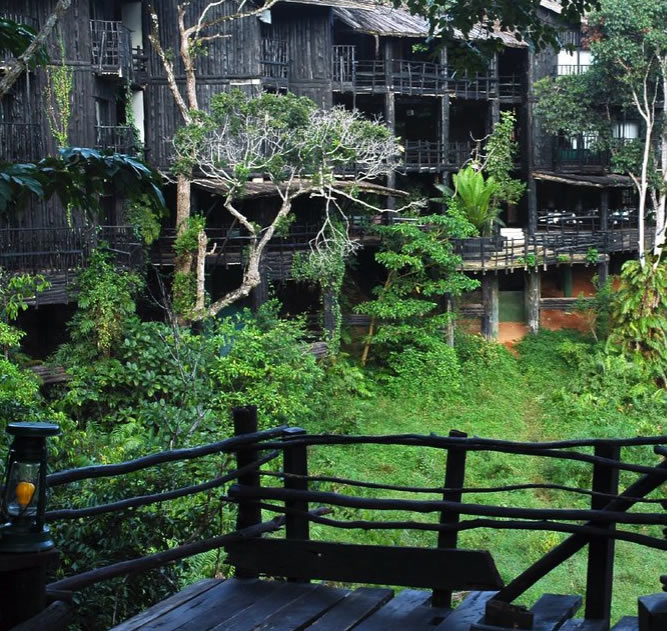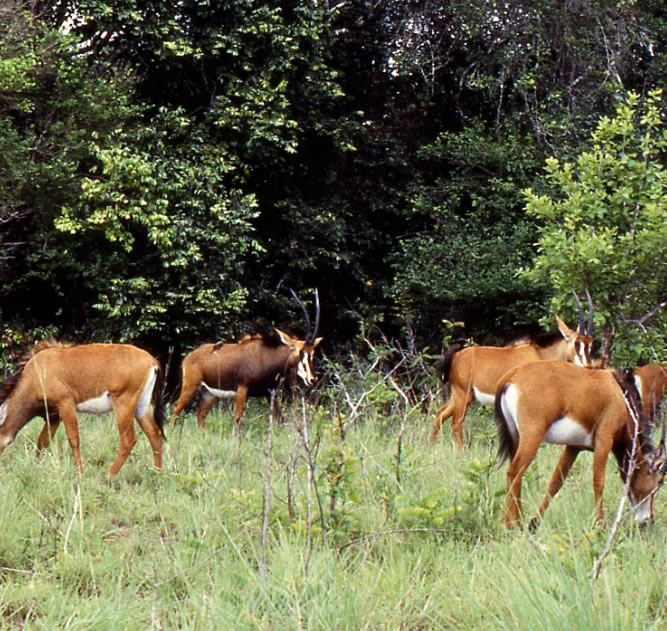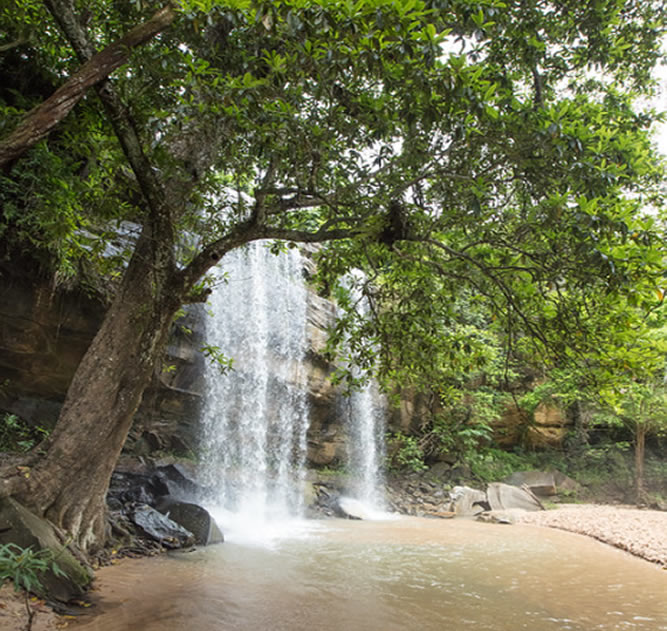


| Days 1 / 1 night | Day Trip |
|---|---|
| Highlights | Sightseeing Tours, Adventure Tours |
| Transport | Jeep afari / Van |
An overnight trip to Shimba Hills offers a perfect blend of nature, wildlife, and tranquility. Located about 33 kilometers from Diani Beach on the Kenyan coast, Shimba Hills National Reserve is a beautiful and lesser-known gem with lush forests, rolling hills, waterfalls, and a variety of wildlife. Spending the night here allows you to explore more of the reserve and enjoy its peaceful ambiance.
As your safari begins, you’re welcomed by the fresh morning air, the sounds of birds and distant wildlife, and the sight of a vast African landscape stretching before you.
Animal protection project “Colobus Trust“- guided hikes in the coastal forest and conversations with project staff
Your journey
The pickup is at 8.00 a.m. at your hotel. We visit the animal protection project Colobus Trust, which is located at the south coast of Kenya.
Come for a Guided Primate Eco-Tour (one hour), the only one in the country! Enjoy a guided walk along the nature trail for a personal introduction to a wild colobus troop and other wild monkeys – vervets, Sykes and baboons. This is followed by a talk in the information centre where a series of posters help further to visualise the ongoing activities. As an active conservation centre visitors are likely to see volunteers and staff at work, building bridges, caring for injured monkeys, or doing research.
Hidden away amongst almost twenty hectares of coastal forest, Colobus Cottageis an office, research base, information centre, primate rescue facility, and home for the Colobus Trust staff and volunteers since August 1997. It is also home to a habituated troop of colobus monkeys, which reside almost entirely within the boundary of the plot, making it an ideal site for ecological and behavioural studies or to just come and watch.
Finally you will be transfered to your hotel, where we arrive at about 2.00 p.m.
PRICE INCLUDES
Transport in a Mini Van with open roof and window seat guaranteed
Transfers, sightseeing, roundtrip and visits as per tour programme
1 liter mineral water per person/day
Entrance fees
Qualified English-speaking local tour guide/driver
PRICE DO NOT INCLUDE
International flight.
Visa for Kenya (about USD 50)
Beverages
Tips
June to October and January and February
June to October and December to March
April and May
June to October
March, April and May (Peak of the Wet season)
GROUP OR PRIVATE, 4×4 JEEP SAFARI Kwetu Safari Safari Tour features Days 8 Days 7 Nights Highlights Sightseeing Tours, Adventure Tours, Safari Tours…
GROUP OR PRIVATE, 4×4 JEEP SAFARI WILD CHEKERS SAFARI Tour features Days 9 Days 8 Nights Highlights Sightseeing Tours, Adventure Tours, Safari Tours…
GROUP OR PRIVATE, 4×4 JEEP SAFARI True African wilderness safari Tour features Days 9 Days 8 Nights Highlights Sightseeing Tours, Adventure Tours, Safari…
Trustindex verifies that the original source of the review is Google. Trustindex verifies that the original source of the review is Google. Trustindex verifies that the original source of the review is Google. Trustindex verifies that the original source of the review is Google. Trustindex verifies that the original source of the review is Google. Trustindex verifies that the original source of the review is Google. Trustindex verifies that the original source of the review is Google. Trustindex verifies that the original source of the review is Google. Trustindex verifies that the original source of the review is Google. Trustindex verifies that the original source of the review is Google.
Best Memory Safaris operates on excursions and safaris in East Africa. we also offer tailor made tour programs which specially fit your travel plan, including Mountain trekking,walking safaris and Social project visits. Our Kenyan office is located on the South Coast of Mombasa at Diani Beach and managed by a Team of seasoned professionals. We pride over 15 years experience and international class exposure in safari business.
No WhatsApp Number Found!
WhatsApp us